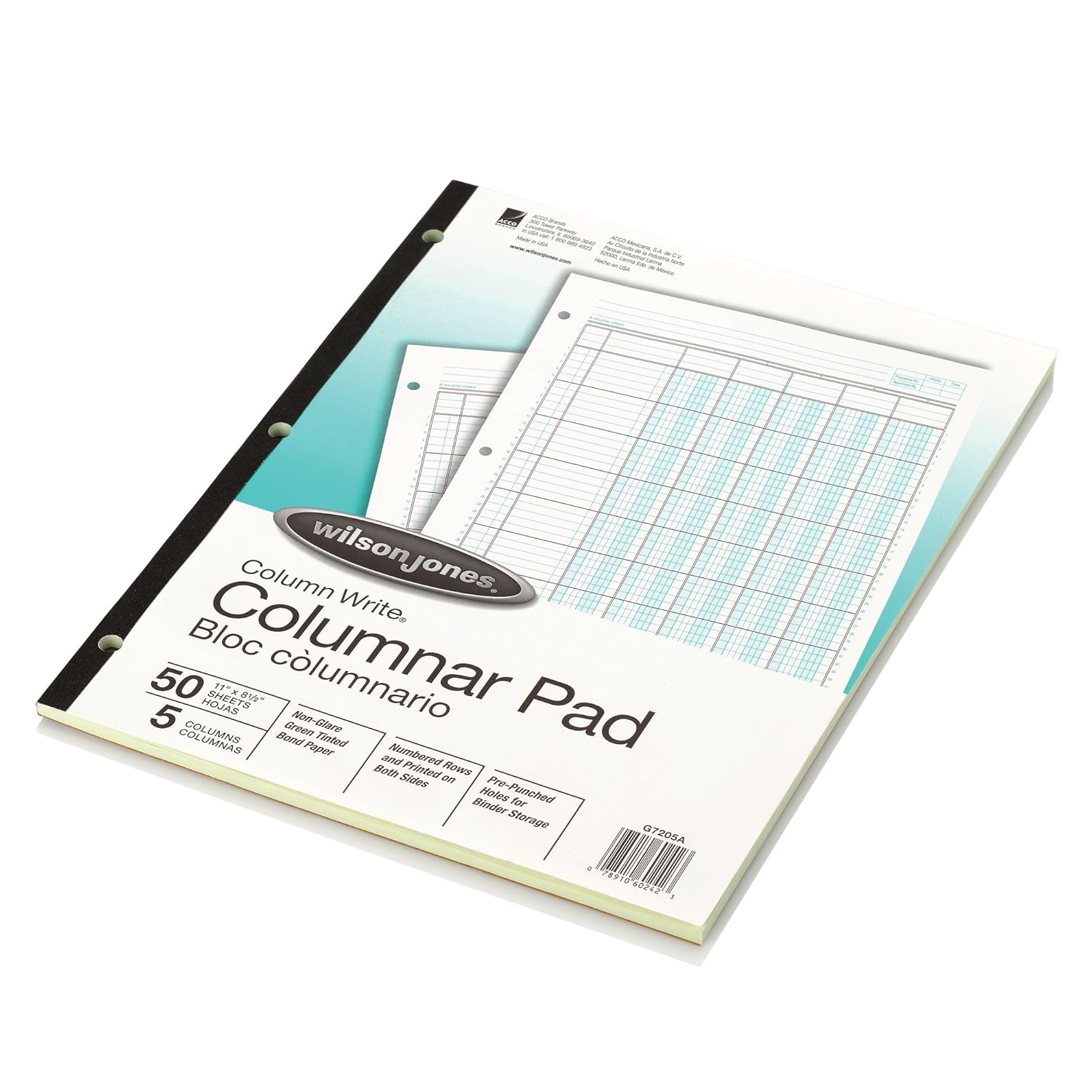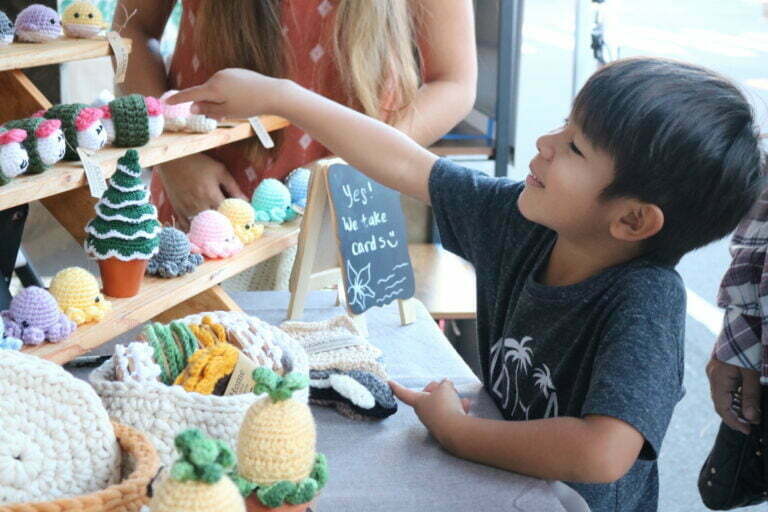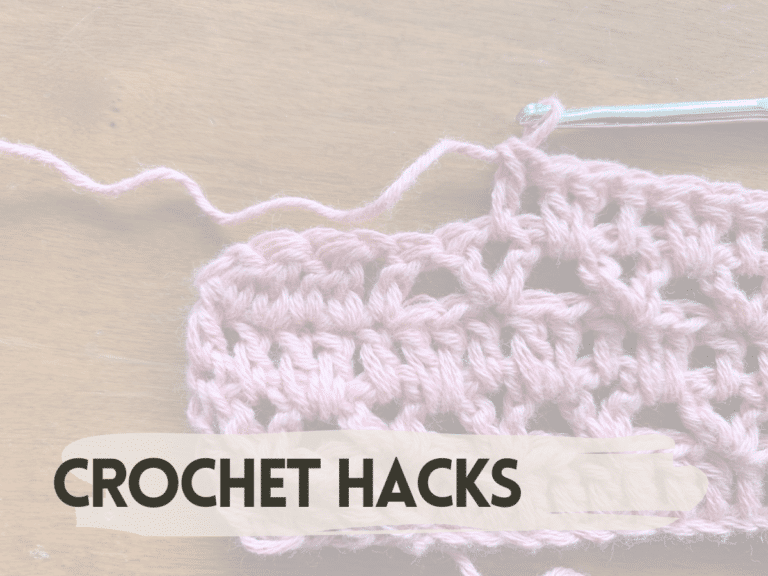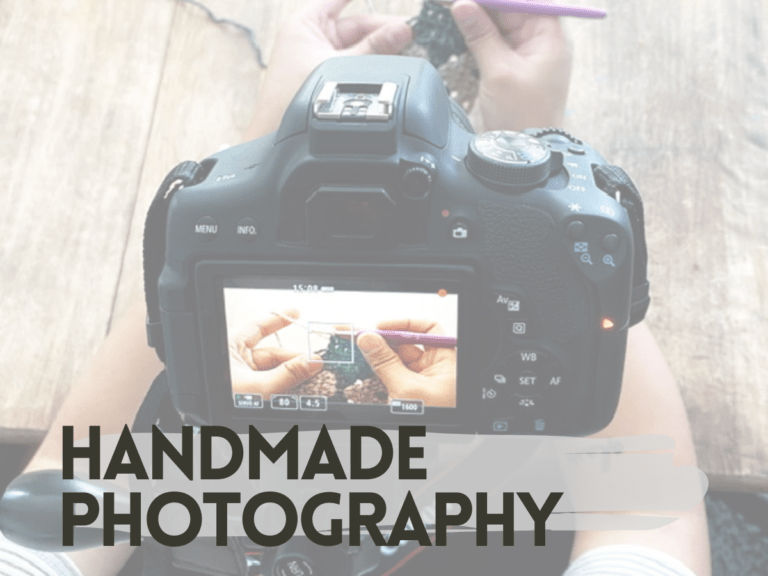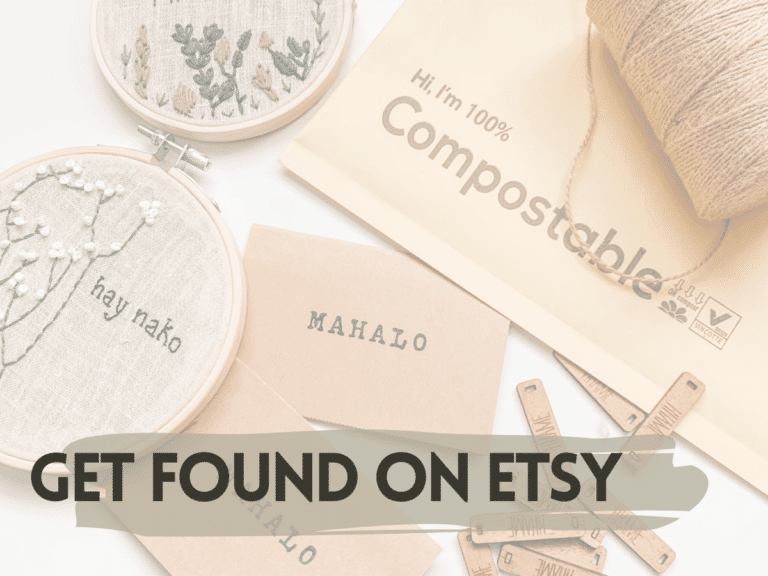3 Financial Moves To Make For Small Businesses
This post contains affiliate links and makes use of cookies. This means that if a purchase is made via the link, a small commission is given to me at NO EXPENSE to the reader.
Hello there maker!
Today’s topic is something I have been thinking of doing for a while but never really had the confidence to do because I am no expert and – just like you – still figuring out how things work. So in full transparency, as always, I want everyone to know that these are things I have done for myself and is not a concrete guide on what others should do as well.
When your hobby turns into a business it kind of gets a little intimidating and scary – or is this just for me? When I was doing things just as a hobby I had no budget set aside for projects and everything came out of my personal pocket. I tended to spend a lot more as well because I did not have a spending agenda and just want to buy ALL THE THINGS – yes, I knooooow you’re nodding to yourself and I’m gonna just say it, we makers are just so impulsive! Then came the semi annual tax time and I was hit with a bunch of financial realizations and I had to put things into order. I am a bit grateful that my growth has been steady so far and nothing too steep – it allowed me time to understand and work things out before it got unmanageable. Now, having these basic financial steps done I am more confident in myself and in growing my business with no limits and I hope this helps you too!
1. Start book keeping

Book keeping for your creative business keeps things in order and makes life so much easier come tax season. Thankfully for my first round of filing I did not have too much to back track to so it was very much manageable. This process helps you see your businesses financial status and helps you set your financial priorities as well. In a nutshell it’s kind of like an expense tracker – oh my gosh I was addicted to these apps at one point – that lets you reflect on where your money is going and what is hindering or supporting you from saving.
I just use a very simple columnar pad book to do thisAlright to be totally honest I have no idea if I am book keeping properly haha but that’s a part of the learning curve. But for the sake of sharing this is what I do, I basically track EVERYTHING. I have no idea what is going to be needed to I cover all my bases. For expenses, I jot down the date followed by what it was, the store i got it from and receipt number (I also keep receipts), the amount it cost, and what it was for. For sales, I jot down the date again, where the sale was made and what kind followed by the transaction number or invoice, the description of the sale, gross and net price, and other relevant fees.
During my first round I was pleased to see I did not loose any money but at the same time I didn’t really gain much either – this allowed me to see I spend way too much splurging on yarn and too much time spent creating patterns. This opened my eyes to make a few adjustments in my business model for example, spend more time advertising patterns and selling them rather than constantly making and also be more intentional when buying.
2. Open a business account at a bank
For this, I opened a debit card for my business with my regular bank (Bank of Hawaii) and it since then it has been such a game changer in my business. Guys I feel so legit holding and looking at the card haha. But real talk, having a business account further boosted my need to be more intentional in my expenses, and it gives me a clear look at what my budget actually is and what my business holds.

A business account makes itemizing things much easier since everything is done and seen on the accounts summary of transactions – this is great in prepping for tax season. Also, no joke, it is a great way to advertise your business as well! I hand over my card and people see its a business account and we begin talking about my creative business. Woop Woop!
Creating a business bank account is quite simple, all you need is necessary documents such as ID, business license, proof of name – or whatever that DBA document is actually called- minimum opening fee (in my case $100) and that’s just about it. The requirements may vary depending on where you are located and what bank you go to ofcourse.
3. Create a Paypal for the business
Lastly, I changed my Paypal account to a business account as most of my transactions with other makers are done through Paypal. This also serves the same purpose of having the business bank account and shows specific transactions made in it’s summary. I honestly initially did this after seeing transactions made via Paypal with recipient’s business name rather than email and thought this was totally cool. haha don’t we all! However later on I realized how important this is in handling a business.
To create or convert your Paypal account to a business account this can easily be done on their website and all you have to do is follow the steps – maybe about just a few minutes.
There you have it, the three things I did to jumpstart my creative business finances. Have any other suggestions? Let me know in the comments below or on social.

